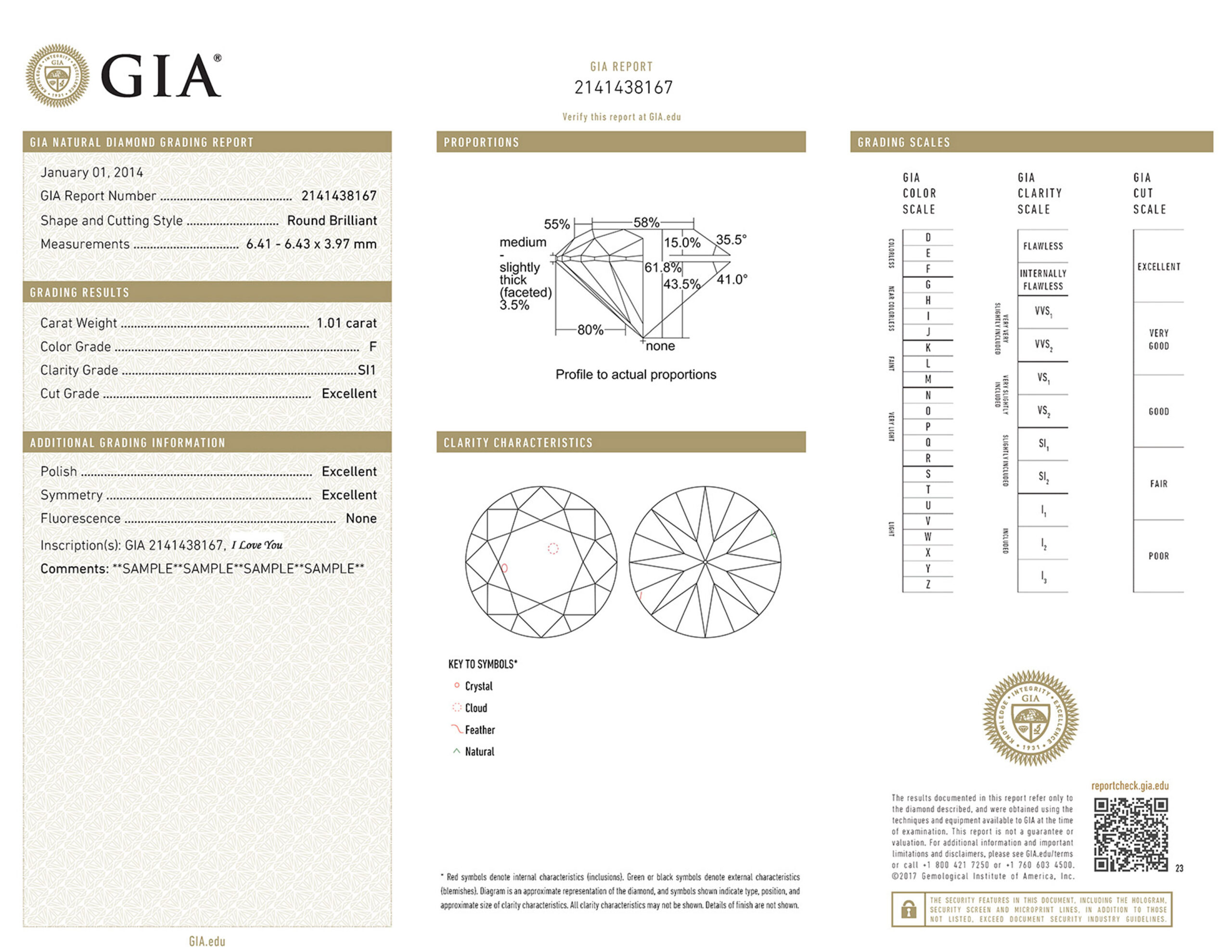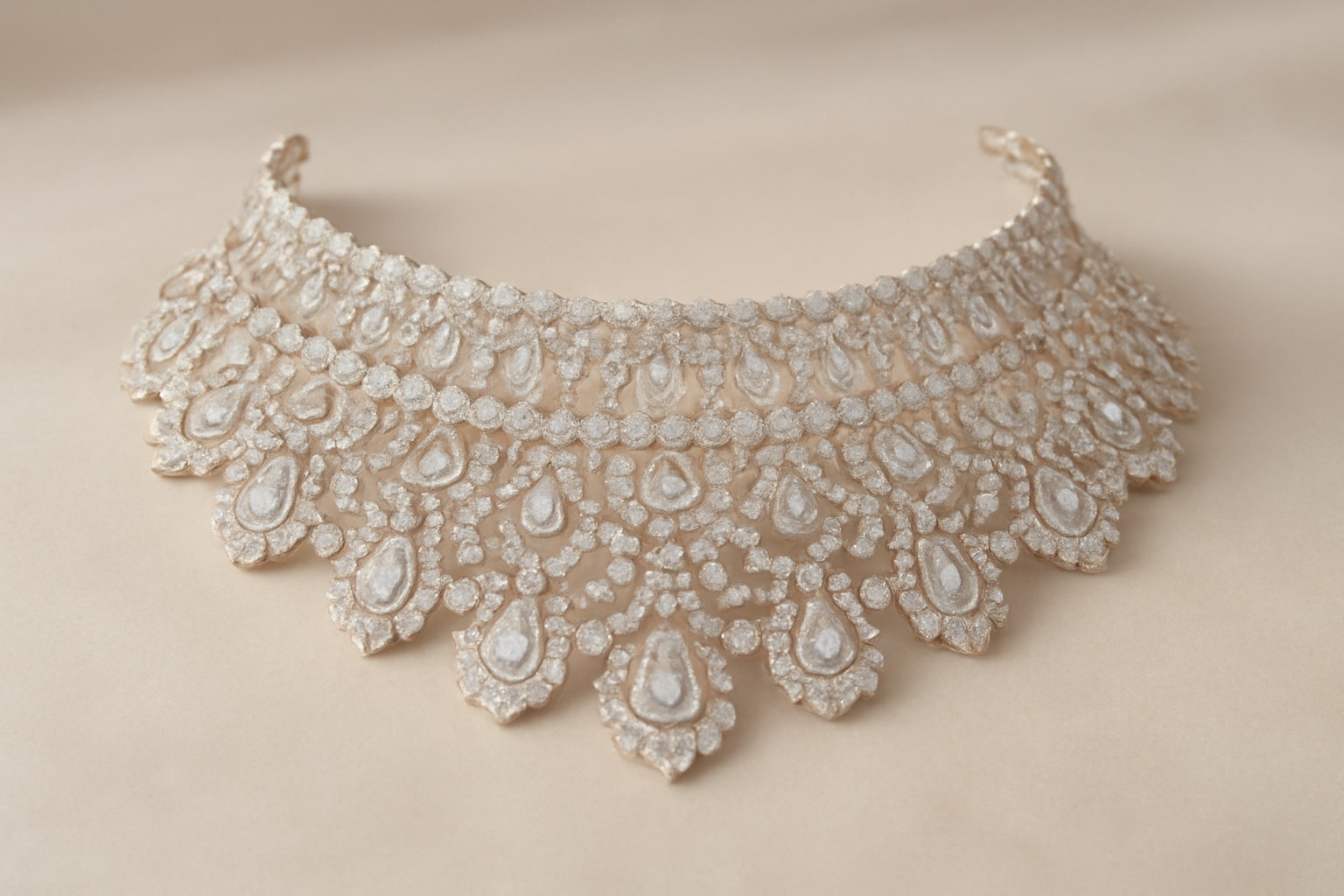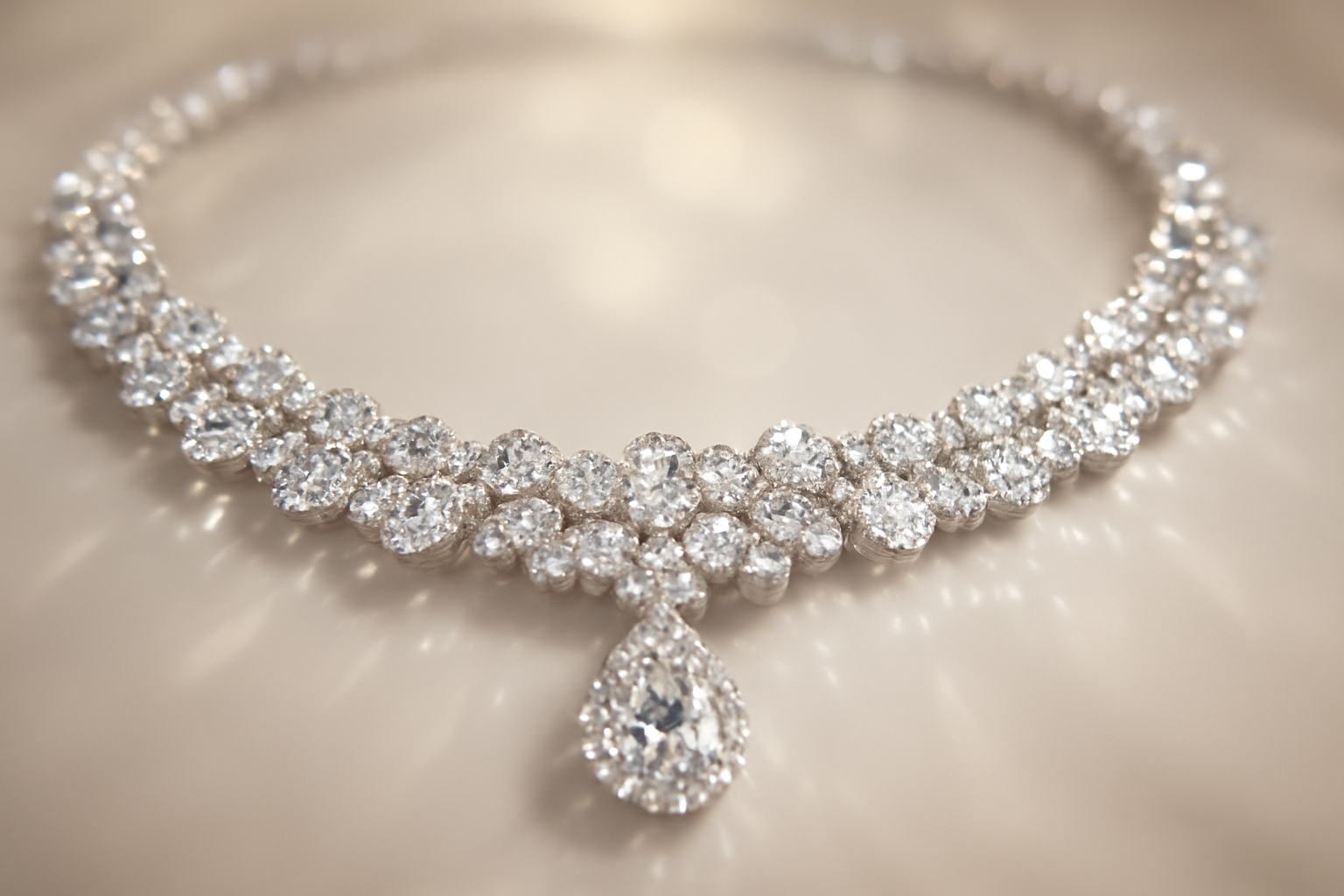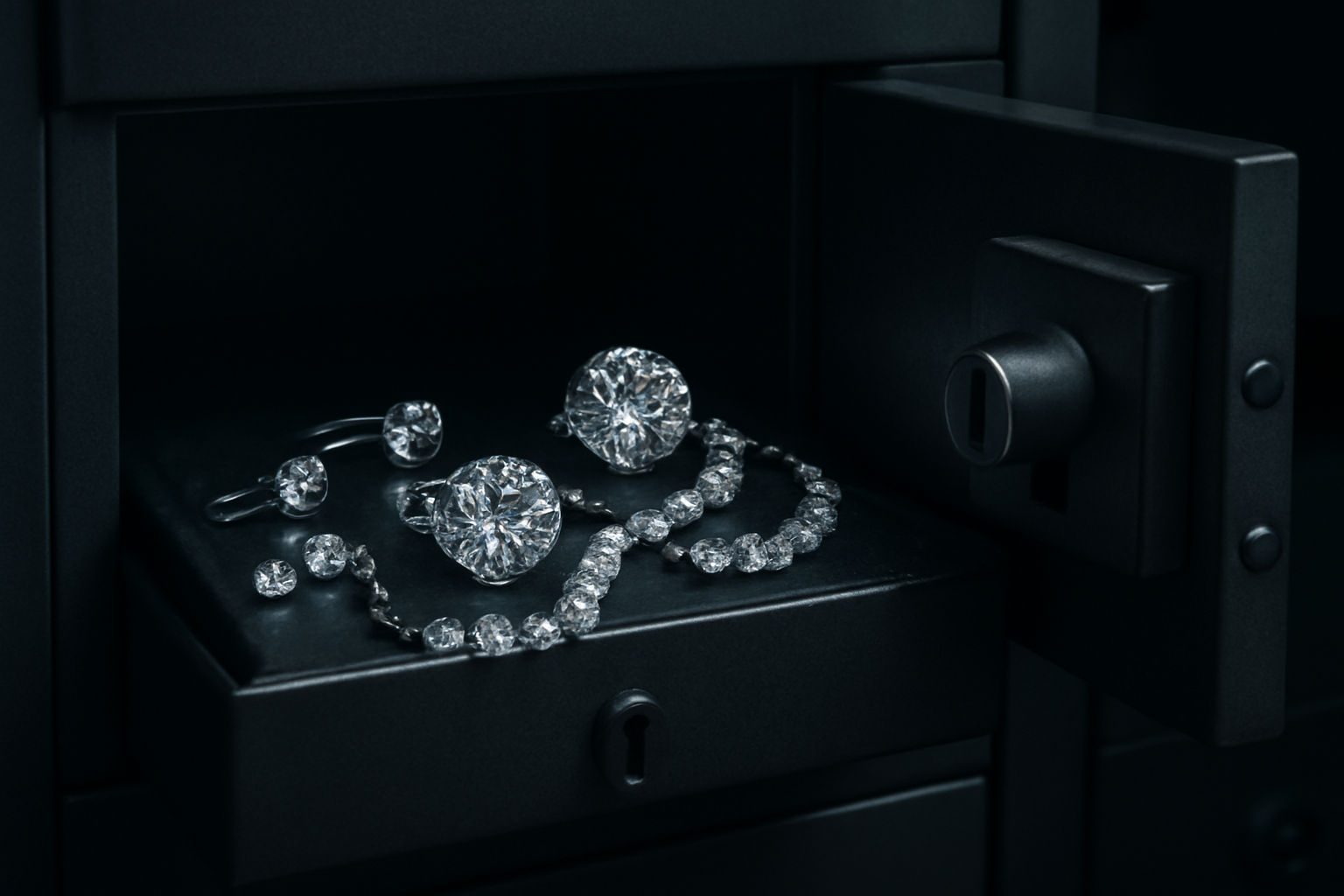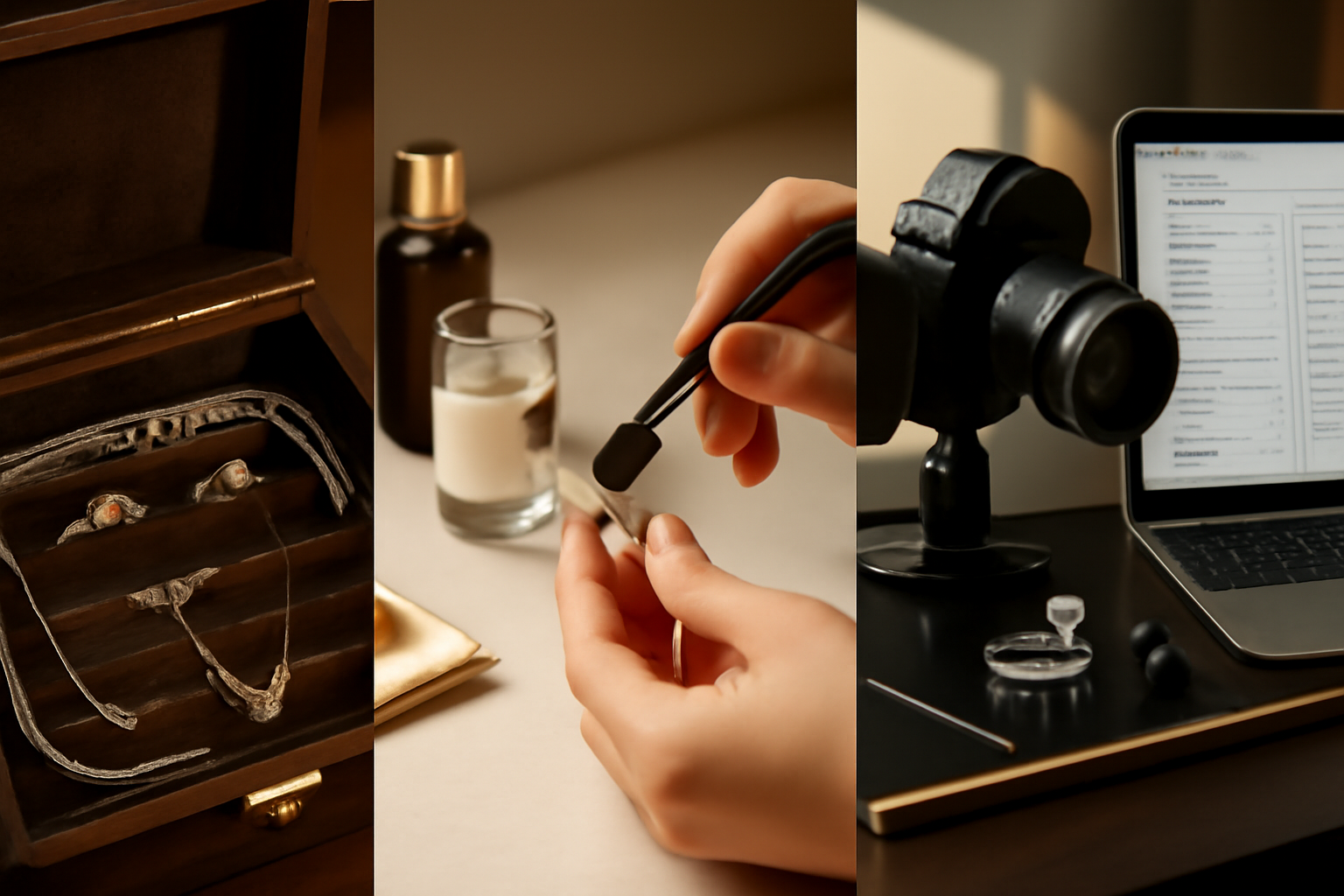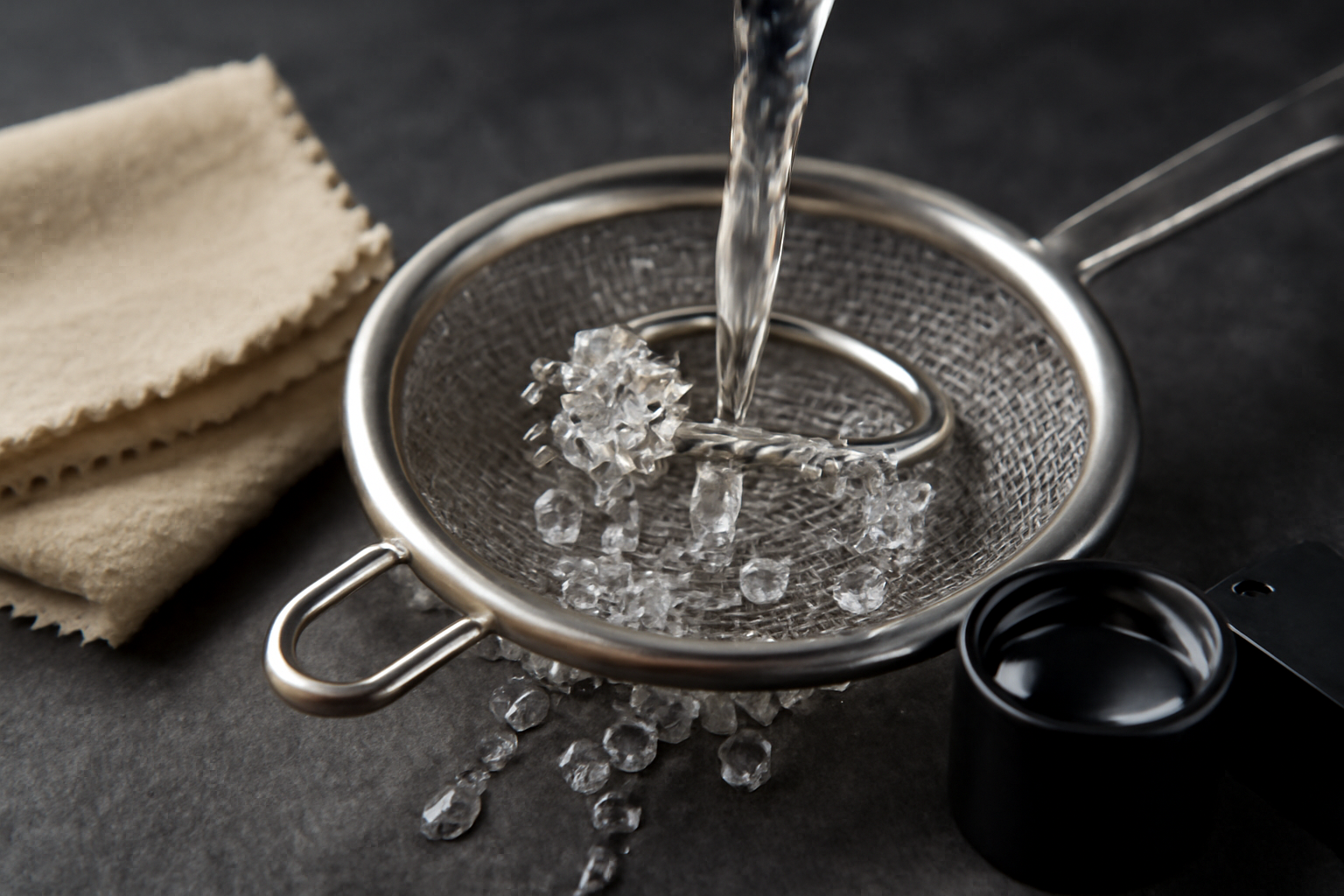How to Tell If a Diamond Is Real: A Complete Guide
Diamonds have long been treasured for their beauty, rarity, and durability. However, with imitations and synthetic substitutes flooding the market, it’s crucial to know how to verify the authenticity of a diamond. Whether you own one or plan to buy, this guide will help you identify real diamonds through simple at-home tests and professional authentication methods.
Understanding What Makes Diamonds Unique
Diamonds are pure carbon, formed under extreme heat and pressure deep within the Earth’s mantle. They are the hardest natural material on the Mohs scale, with exceptional brilliance due to their high refractive index and excellent thermal conductivity.
Because of their high value, many imitations exist such as cubic zirconia, moissanite, or glass. Identifying authenticity protects you from costly mistakes and ensures you truly own a precious gemstone.
Easy At-Home Tests to Verify Diamond Authenticity
While no home test is 100% conclusive, these quick methods can help you spot the difference between real and fake stones:
- Water Test
Fill a glass three-quarters full with water and drop the loose diamond inside. A genuine diamond will sink due to its higher density, while most fake stones float or remain suspended. - Fog Test
Hold the stone and breathe on it. Real diamonds disperse heat quickly, so the fog will vanish in 1-3 seconds. Fake stones will stay fogged longer. - Sparkle and Reflection Test
Observe the diamond under natural or indoor light. Real diamonds produce sharp flashes of white light (brilliance) and rainbow reflections (fire). Fakes look either flat and dull or unrealistically flashy. - UV Light Test
Under blacklight, many diamonds glow blue. Some may not fluoresce, but if the stone glows yellow or dull, it’s likely fake. This is a useful but not absolute test. - Dot Test
Place a dot on white paper and position the diamond upside down over it. Real diamonds bend light so intensely that the dot won’t be visible. If you see it clearly, the stone is likely fake. - Scratch Test (with caution)
Diamonds can scratch glass without being damaged. Use this only on loose stones, as it may harm settings. - Sandpaper Test
Diamonds will not scratch under sandpaper. If the stone gets scratched, it is not a diamond.
Professional Methods and Tools for Verification
For a reliable and conclusive test, professional evaluation is essential. Jewelers and gemologists use the following tools:
- Loupe Inspection
A 10x magnification loupe reveals natural inclusions and flaws unique to genuine diamonds. Synthetic stones often look flawless. - Thermal Conductivity Tester (Diamond Tester)
Handheld devices measure how quickly the stone disperses heat. Diamonds conduct heat rapidly compared to imitations. - Weight Test
Using a precision scale, jewelers note that cubic zirconia is heavier than diamonds of the same size, making it an effective comparison method. - Certification & Documentation
The most reliable proof of authenticity is certification from trusted labs such as GIA (Gemological Institute of America), IGI (International Gemological Institute), or AGS (American Gem Society). A grading report verifies if a diamond is natural and provides details on cut, color, clarity, and carat.
Tips for Buying Authentic Diamonds
- Always ask for a certification report before purchasing.
- Buy only from reputable sellers with proven credibility.
- Request an independent appraisal if unsure.
- Avoid deals that sound too good to be true; genuine diamonds hold justified value.
Suggested Images to Include in the Blog
- Visual guide of the Water Test: diamond sinking vs. fake floating
- UV Test photo: glowing diamond under blacklight
- Close-up with jeweler’s loupe: showing inclusions
- Sample diamond certificate: GIA or IGI report
Conclusion
Testing a diamond’s authenticity helps protect your investment and ensures you enjoy the brilliance of a true gem. By combining simple at-home methods with professional evaluations—and prioritizing certified stones—you can confidently distinguish genuine diamonds from imitations.
This knowledge allows every buyer and enthusiast to make informed decisions while appreciating the unique beauty only a real diamond can offer.
FAQ
How can I tell if a diamond is real at home?
You can try simple tests like the water test (real diamonds sink), fog test (fog clears quickly), UV light test (may fluoresce blue), and inspecting sparkle under light. However, these tests are not fully conclusive.
What is the most reliable way to verify a diamond?
Professional evaluation using a loupe to check inclusions, thermal conductivity testers (diamond testers), weight comparison, and certified grading reports from labs like GIA, IGI, or AGS are the most reliable.
Why is diamond certification important?
Certification from recognized labs guarantees the authenticity and quality of the diamond, detailing its cut, color, clarity, carat weight, and natural origin. Always ask for a certificate when purchasing.
Can fake diamonds pass home tests?
Some fake diamonds like moissanite can pass certain tests, so it is best to combine multiple tests or seek professional verification to be sure.
What are common diamond imitations?
Common fakes include cubic zirconia, moissanite, white sapphire, and glass. Each has distinct properties like lower density, different thermal conductivity, and varying brilliance.


